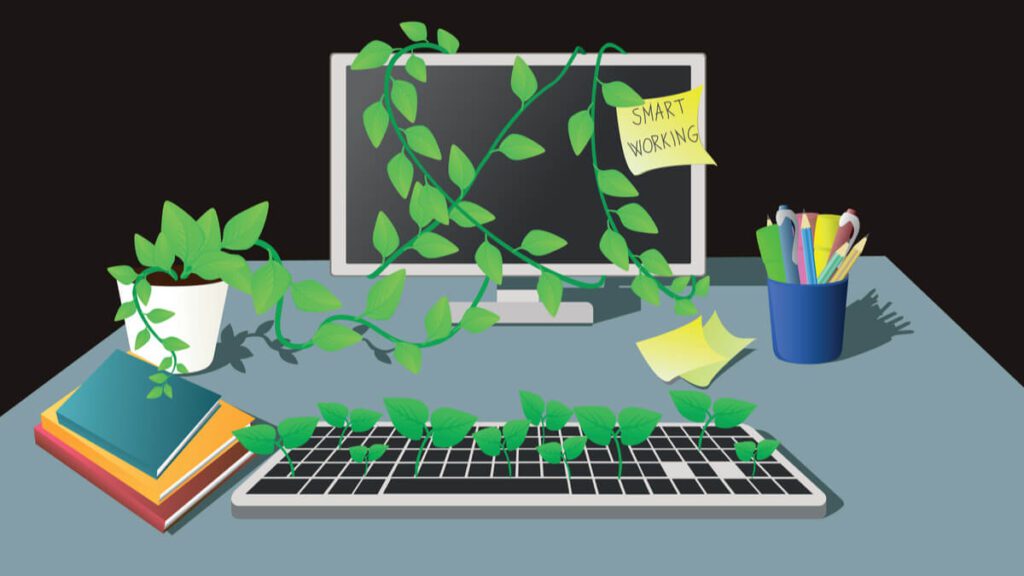
Most people seem to agree that life after the pandemic will never be the same. Although clubs, restaurants and cafes will eventually return, and people will resume outdoor activities again, most people remain anxious about returning to work after the pandemic.
Business owners should consider the mental wellbeing of their employees. Many feel anxious about returning to the office for a number of reasons and studies have shown that this kind of stress decreases productivity in the workplace overall and can even be contagious to other colleagues.
In a video by UFHealth, Carol Mathews, M.D, Director, UF’s Center for OCD, Anxiety & Related Disorders advises those feeling anxious to take a short break, focus on breathing whilst taking a moment to help the mind stay calm . Mathews also suggests refraining from engaging in negative talk for a prolonged period of time. Chatting about daily life is one thing, but to make one’s troubles the primary topic of discussion could increase stress levels throughout the day.
Speaking of worker’s health and safety, the right to work from home is something our grandparents would have laughed at, but is a prevailing global issue, and will be a new goal for workers’ rights activists when people start to return to work after the pandemic.
On the other hand, overlapping the living space with your workspace may blur the lines between work and leisure; whether it’s sending just one email while at dinner, or finishing up something while relaxing with your friends. Such things can have an impact on an employees’ quality time and increase risk of worker burnout.
Perhaps the biggest factor influencing our return to work after the pandemic is the newfound remote work routine that many have adopted and settled into. Companies and workers now know that not everything needs an office workspace, and now, the conventional mode of work is being called into question.
Researchers forecast that work-from-home options and periodic office visits will become the norm post-pandemic. According to an article by McKinsey, 4 different types of work modes will exist depending on the job and its requirements. These include, fully remote, hybrid remote, hybrid remote by exception, and on site for those without the option for remote work like lifeguards or construction workers.
It’s hard to say with any certainty what the future will be like post-pandemic, but we know that change is inevitable. Once a trend or change has begun, it is difficult for things to return to how they were. Rather, we will continue to make such tech transformations a part of our daily lives.